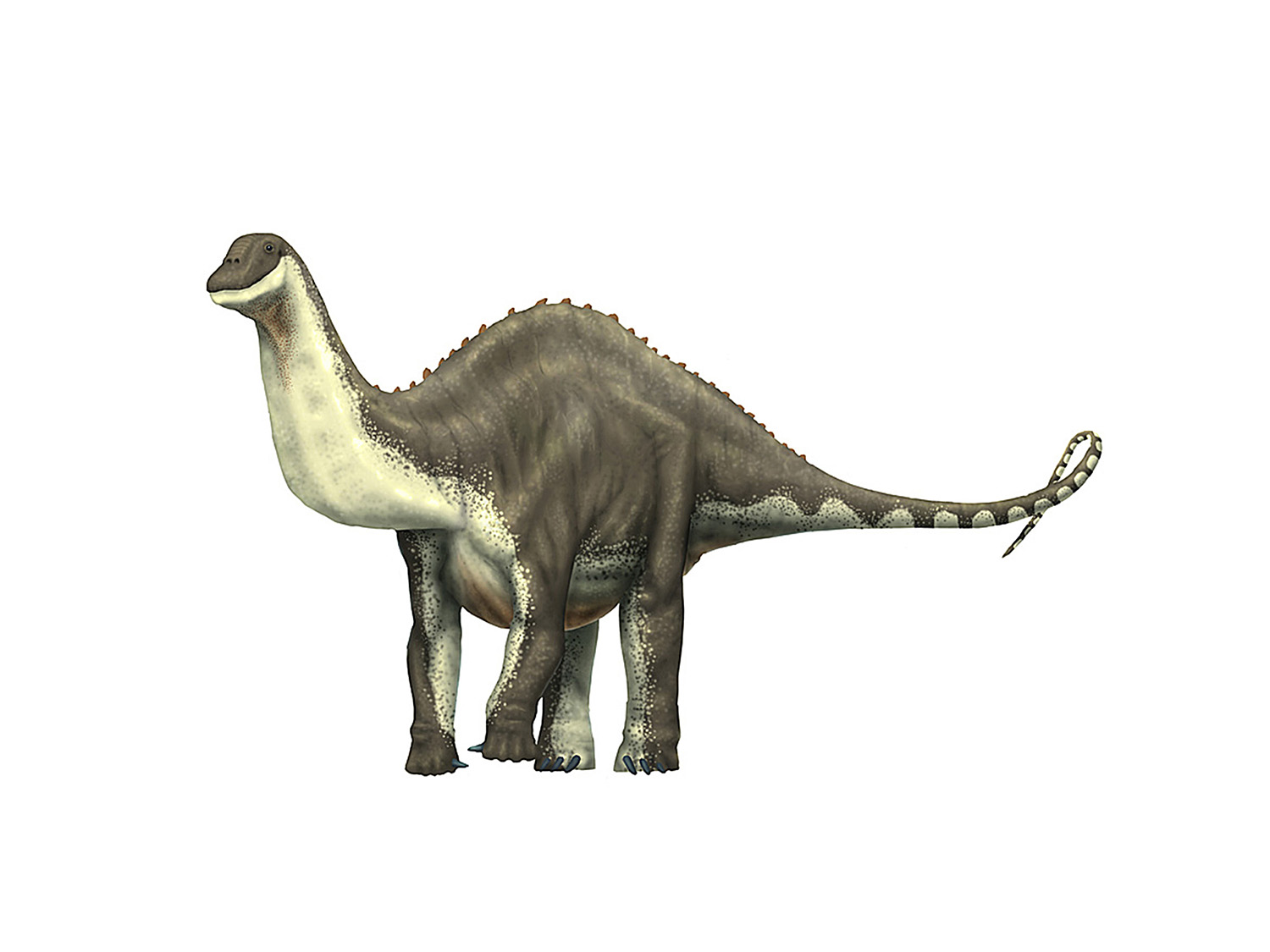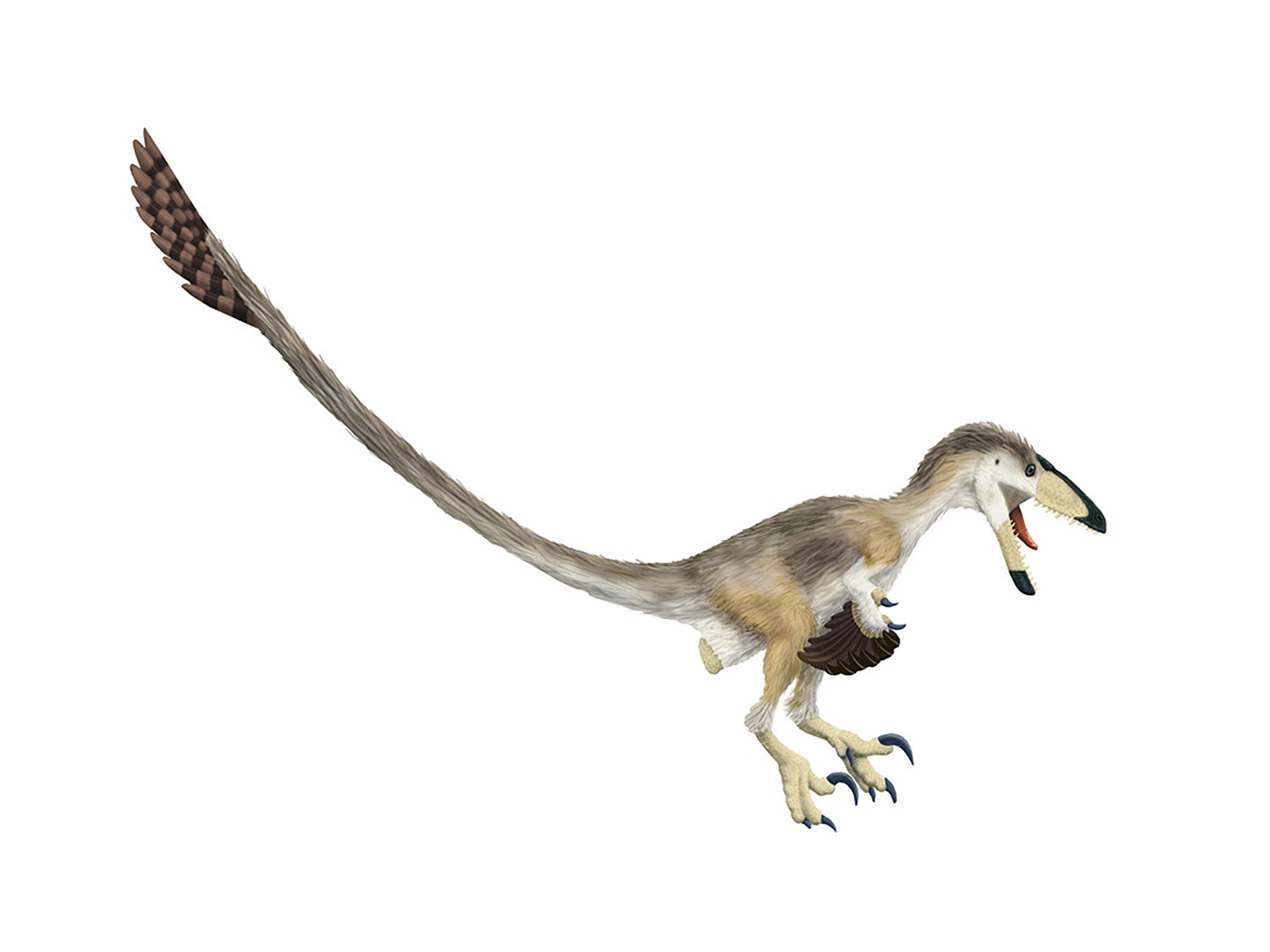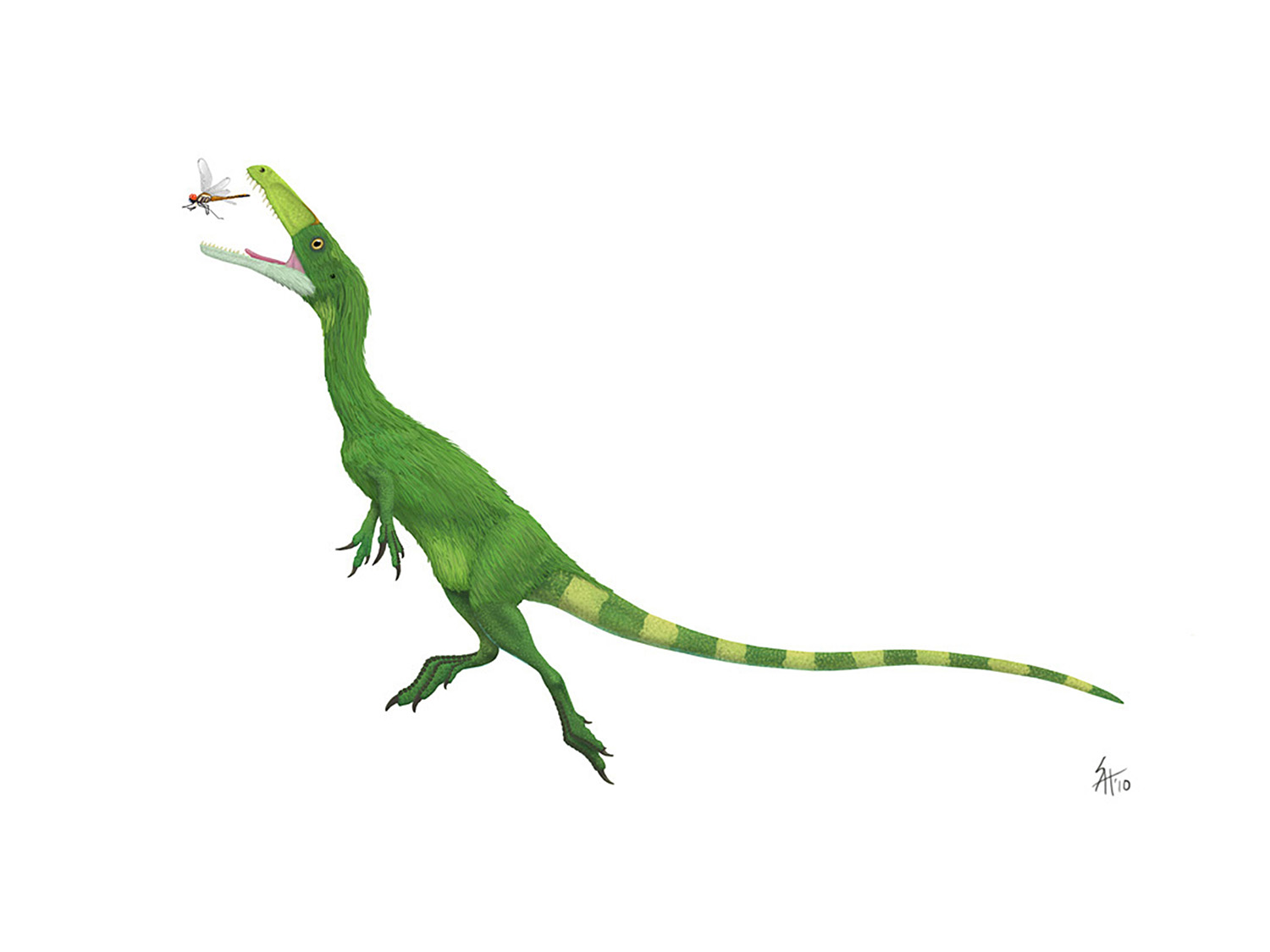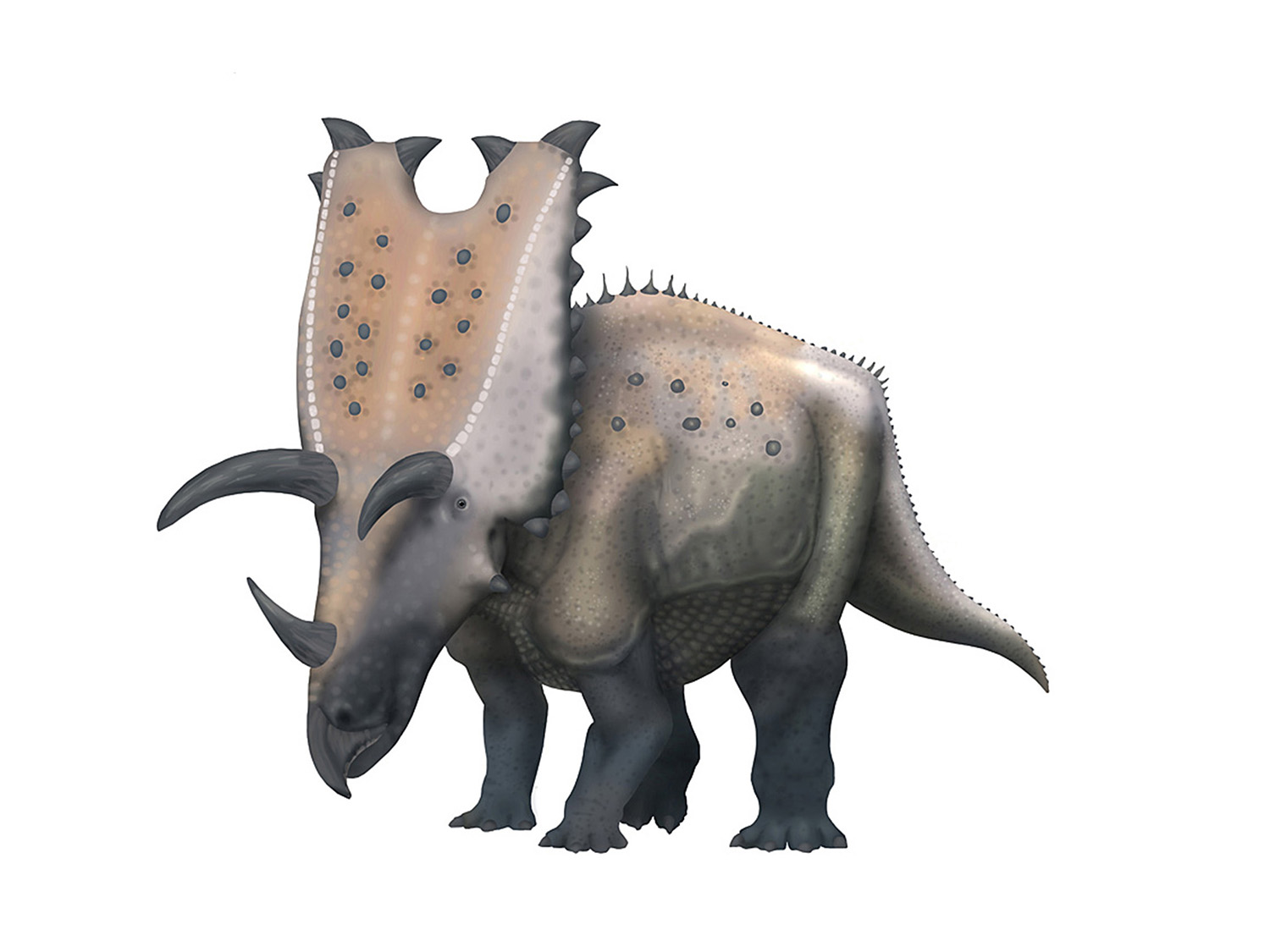The evolution of (my) Acrocanthosaurus
/WithSpinosaurus temporarily out of the way, we're going to take a closer look at Acrocanthosaurus. This series is going to include a post on what we know and don't know about Acrocanthosaurus, how to restore the skeletal in multiple views, and how to restore the muscles. At the end of that series I'll also comment on some areas of soft-tissue variation that artists should keep in mind when they envision "their" Acrocanthosaurus.
First though, I wanted to take a moment to look at how my own reconstruction of Acrocanthosaurus has changed over the last decade. With any luck some of my earlier errors in methodology might help others who want to do skeletals. Also I hope to provide some insight to how I update skeletals over time, and the importance of revising your work as new data is published.
Although Acrocanthosaurus is hardly the best known theropod, it provides more than its share of challenges when attempting to reconstruct it. In my case, I attempted the original skeletals during what I'd call a methodological nexus - it was one of the first skeletals I attempted within an entirely digital environment, and to some degree the initial reconstruction suffered as a result. I had developed many techniques when I executed skeletals in pen and ink, and most of those translated fairly well during the years (roughly 2000-2004) when I used a hybrid method of digital and ink work. Alas, attempting to work entirely inside a computer forced me to rediscover how to accomplish the same things inside of Photoshop, and as a result the first couple of attempts were actually a step backward in some ways. Luckily I stuck with it, and the results are now far better then anything I accomplished in the "analog" world.
In the beginning...
Acrocanthosaurus itself is not a new dinosaur. It was described in 1950, and it was noted at the time that the specimen was a carnosaur with enlarged neural spines on the back. What really brought Acrocanthosaurus to my attention, however, was the reconstruction of NCSM 14345, the "Fran" specimen, which was prepared, molded, and mounted by Black Hills in the 1990s. One of those specimens became part of a travelling display that I contributed to, and I was inspired by the fully restored mount, as well as my ability to take lots of photographs of the mount.
Alas, that was in the "olden days" when cameras captured light on sheets impregnated with silver nitrate rather than CCDs, and I never did scan in those photos. I still had them in 2003, but they appear to be one of many casualties of moving around frequently.
I was also attending the University of Wyoming, and their Geology library had supplied valuable gifts: descriptions of Acrocanthosaurus specimens by Jerry Harris (1998), and Currie & Carpenter (2000). Armed with proto-pdfs (read: xeroxed copies), lots of photos, and an abundance of enthusiasm I sat down to create my first all-digital skeletal reconstruction.
The tomb of the unknown skeletal...
Directly above, what you don't see is my first Acrocanthosaurus skeletal. I'm not being shy, I just didn't back up the original very carefully, and eventually the hard drive it was on suffered a systemic failure. Cloud storage was a pie-in-the-sky dream at the time, so I've lost several "original" skeletal files during the course of computer failures over the years. Luckily I've been anal retentive enough to keep current versions of skeletal files on multiple hard drives, so I haven't totally lost a reconstruction (at least, not a digital one).
What I can say is that in many ways my first attempt was an unmitigated failure. For starters, I didn't actually have the papers I mentioned above in their entirety. I'd read them in Laramie, but at the end of the semester I only photocopied the parts I thought I'd need (hey, it took time and money to copy texts in those days!). And of course the photocopies didn't always do justice to the original figures.

Instead I had to rely strongly on the photographs I had taken of the Fran mount. Even that was fraught with uncertainty, as I hadn't been able to take orthographic photos of the mount. Also, there were errors in the fully restored mount, but without all of the text from Currie & Carpenter I didn't always recall what was restored and what was cast from original bone. The results were predictably poor.
You don't have to take my word for it though. I posted that first attempt to the Dinosaur Mailing List in early July of 2003. Jaimie Headden and Waylon Rowley made quick and (deservedly) pointed replies. I had missed several characteristic parts of the tail and neck vertebrae, and a bunch of other minor details had simply been missed.
What happened? For one thing I really didn't have enough data on hand. But more importantly, I was distracted by having to solve the technical problems of a new medium. Digital skeletal reconstructions have many advantages, but at the time they were lost on me as I struggled to figure out how to simply do the things I'd taken for granted in the "analog world".
The Acro strikes back
With a bit of work, I quickly produced the skeletal above, which addressed some of the basics. It wasn't a horrible attempt - it accurately captures almost all of the proportions, and many of the changes since have been either due to newer research getting published, or on changing interpretations in soft tissue reconstruction.
One thing mistake in this earlier version is that the neural spines were too tall - I had based their height on the mount of the Fran specimen, but it turned out that neural spines were not complete in that specimen (at least not the ones in the back, sacrum, or the front part of the tail). A review of other specimens ruled out such a grandiose neural spine height, and that also has implications for paleoartists wondering how to illustrate the back.
.jpg)
Two important papers were published on Acrocanthosaurus after that early skeletal. One was on the forearm, which showed that the arm couldn't actually reach as far forward as I'd illustrated it (and also clarified details of the size and shape of all the elements). Another paper was published in the last year that updated our understanding of the skull of Acrocanthosaurus. When I was asked if I could supply the skeletal to an upcoming book, it was clear that I had to revamp the skeletal before sending it along...
Back to the future
Which brings us back to my current skeletal. In addition to the new skull and arm data, the newfangled Acrocanthosaur naturally sports my new skeletal pose. So how crazy different is it? In some ways it's pretty similar - the overall dimensions really didn't change, and that's a good thing. A bunch of more subtle soft-tissue changes took place (at least some of which will get to star in their own post in the future), but a couple of obvious ones involve the tail and the neck.
The tail in the newer one has a heavier base, reflecting the research by Persons and Currie on tyrannosaur tails that I wrote about last year. The tail also is a bit less bouncy. The current skeletal is moving at a more sedate pace, and its tail is no longer bouncing along like a dropped garden hose. The neural spines on the tail have also been updated, with the spines on the front of the tail (near the hips) shorter to reflect other specimens, and the ones in the middle a bit taller, again based on other specimens.
Looking at the neck, the silhouette is no longer shrink-wrapped as tightly to the skeleton. I will probably address the "why" part of that in a later post, but suffice it to say that the newer Acro would have an easier time wolfing down large pieces of meat it tore off a carcass.
A final set of changes were made in the pectoral girdle (the shoulder region). I added a furcula which, while not found in Acrocanthosaurus, now appear to be a primitive feature found in all theropods. Additionally, I used to illustrate a large cartilaginous presternum that split the coracoids apart (you can see it poking out the bottom and front of the chest area on the older skeletal).
Reflecting the articulated chest regions of other non-maniraptoran theropods, I changed it to a smaller presternum, that would have ended sooner and allowed the coracoids to almost contact one another along the midline. This slightly changes the outline in side view, but in front or top view has the effect of narrowing the front of the torso across the shoulders. Now if only someone would produce multiple-angle skeletals of Acrocanthosaurus to show this off...






















